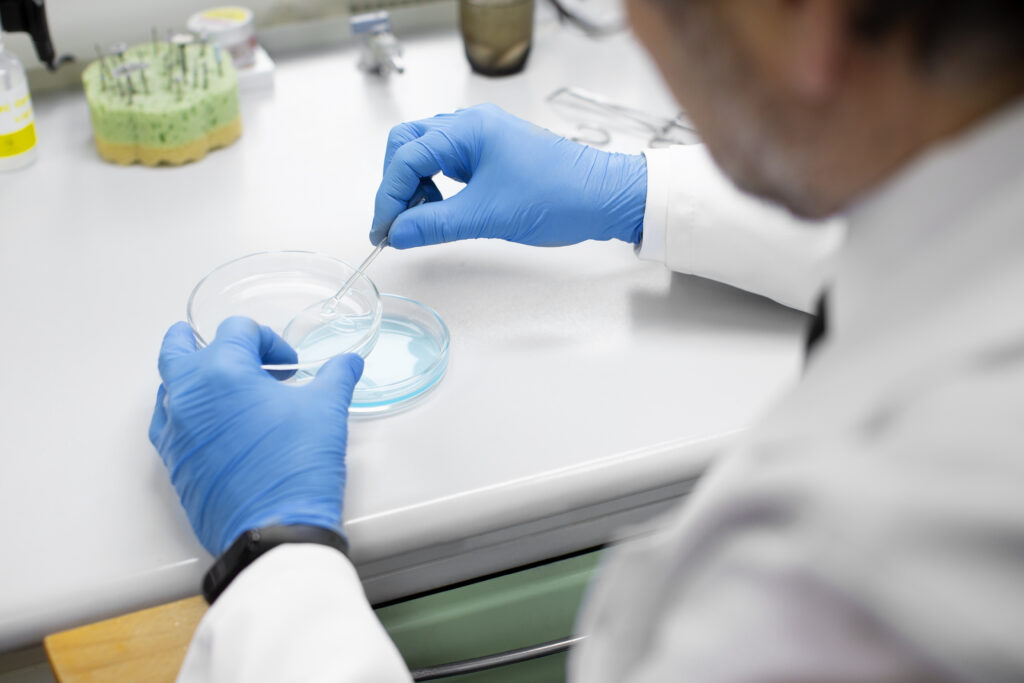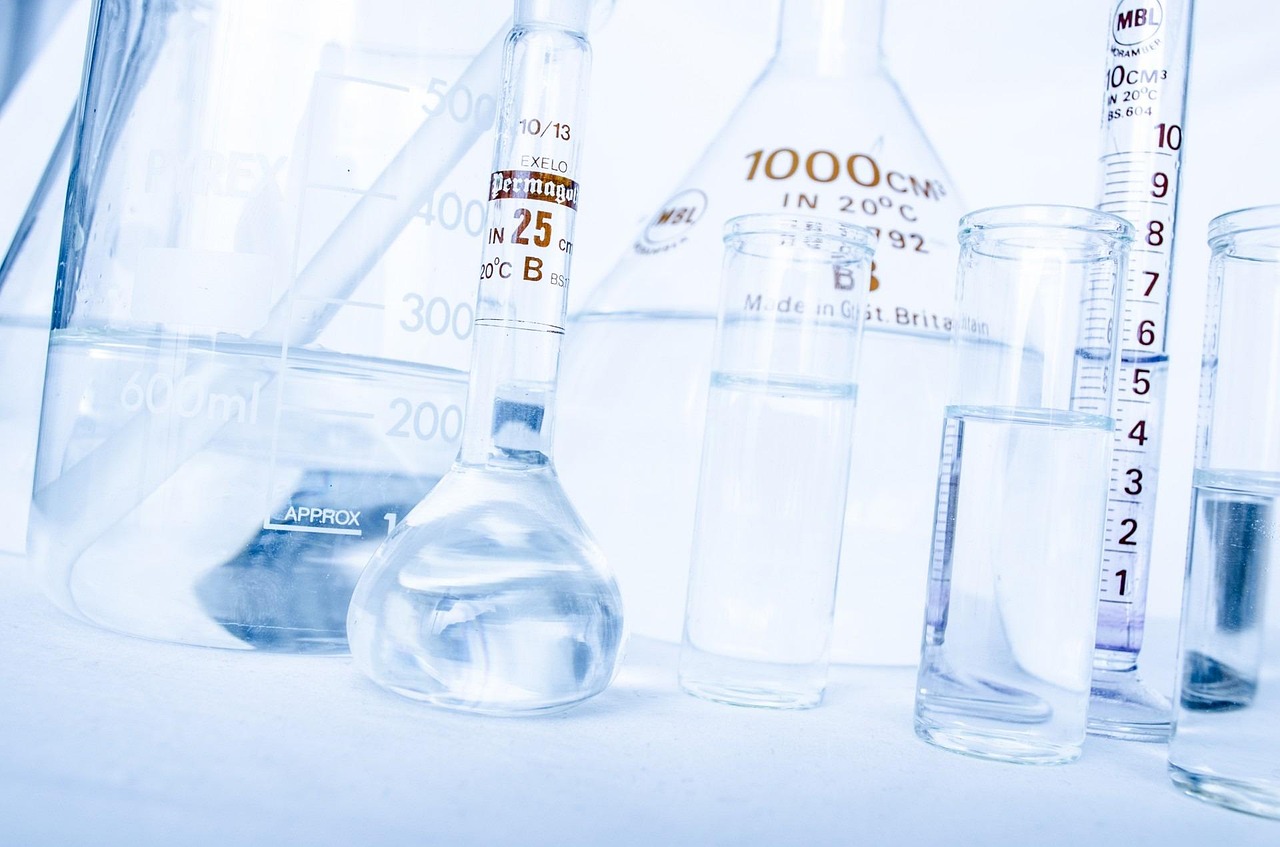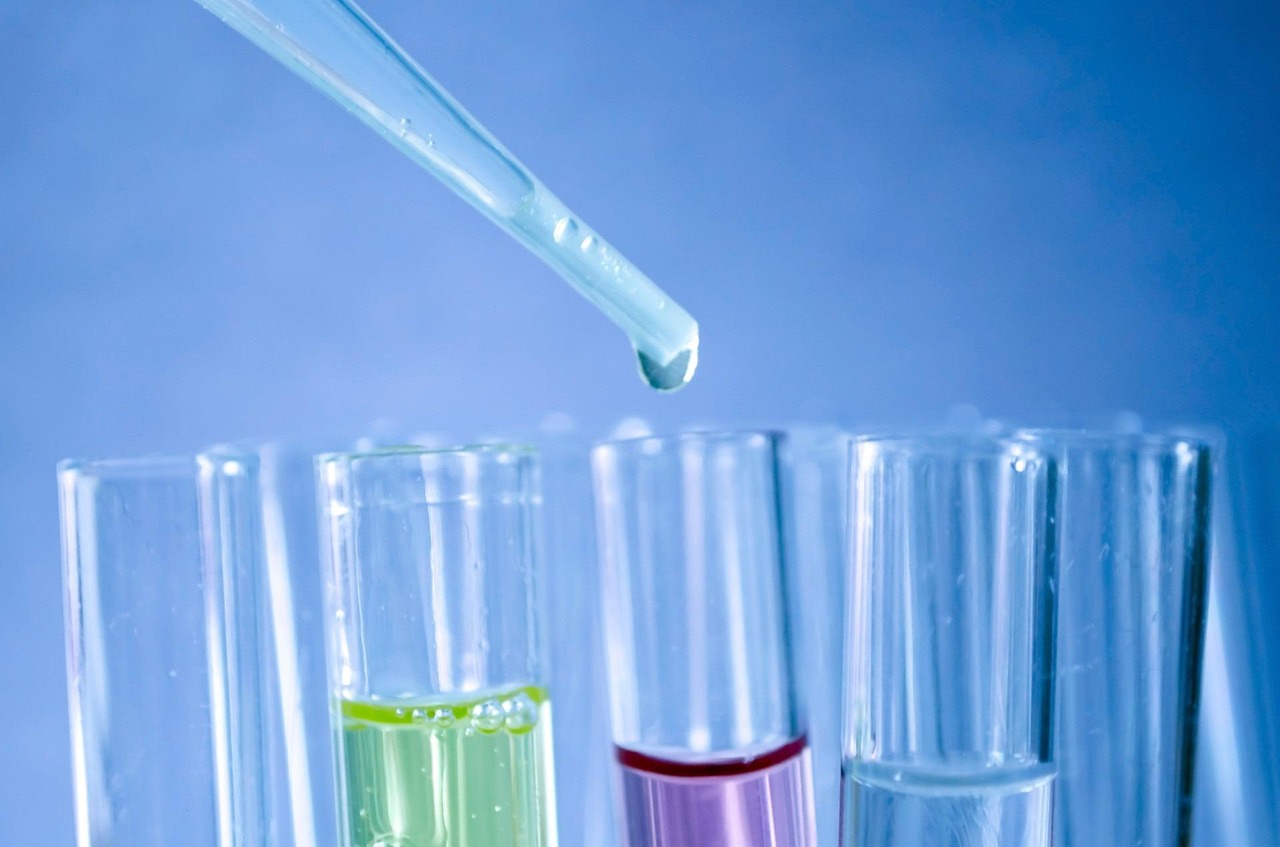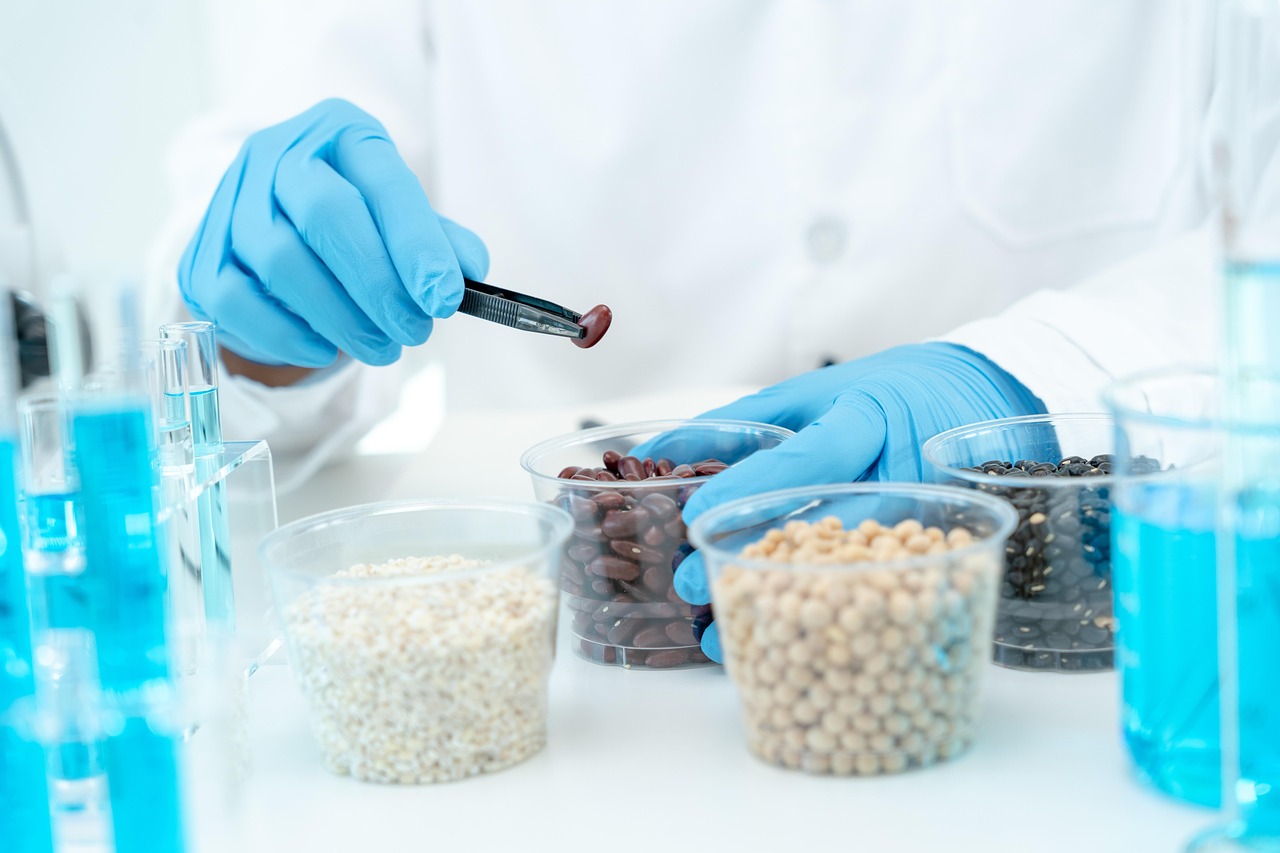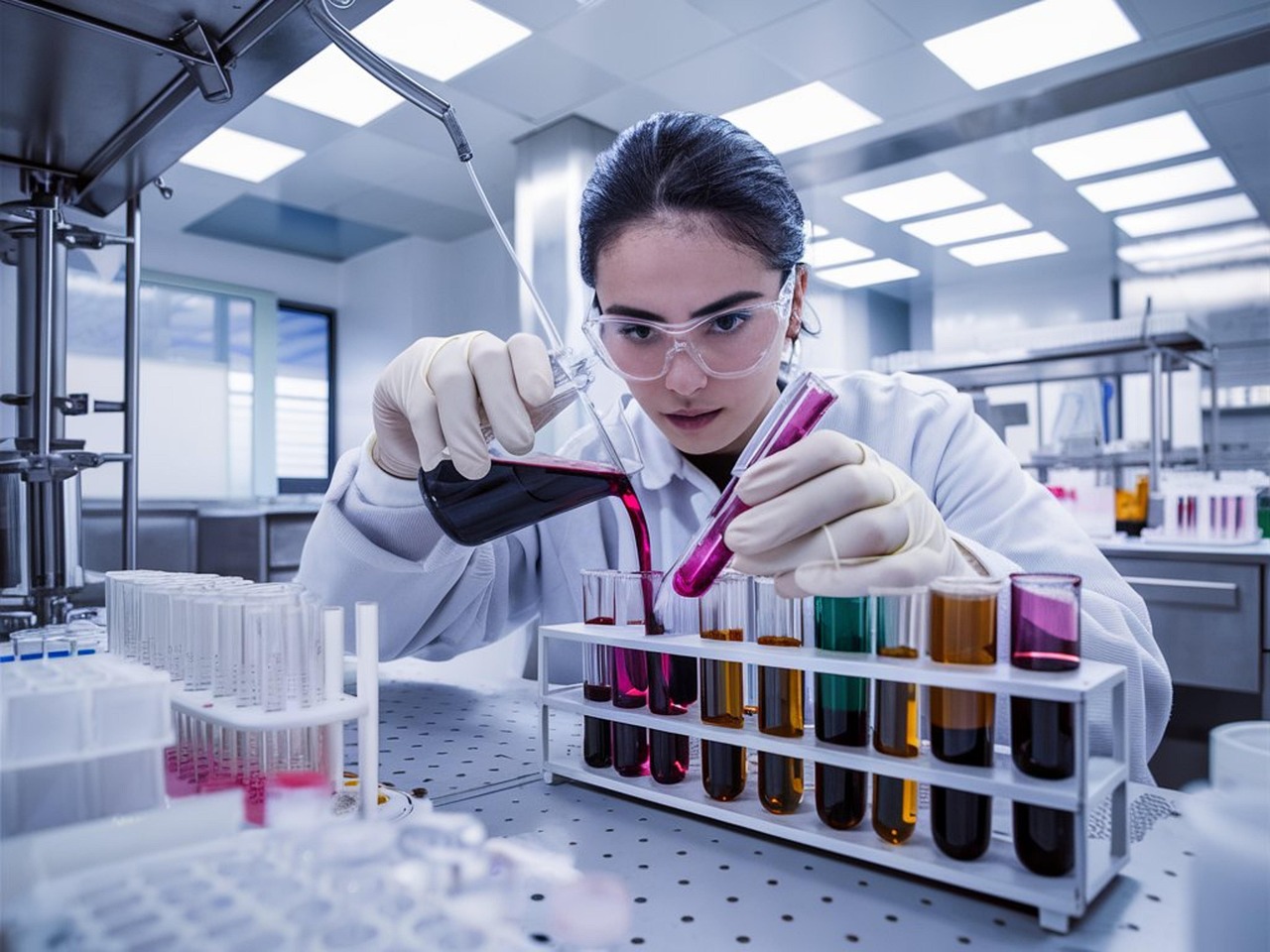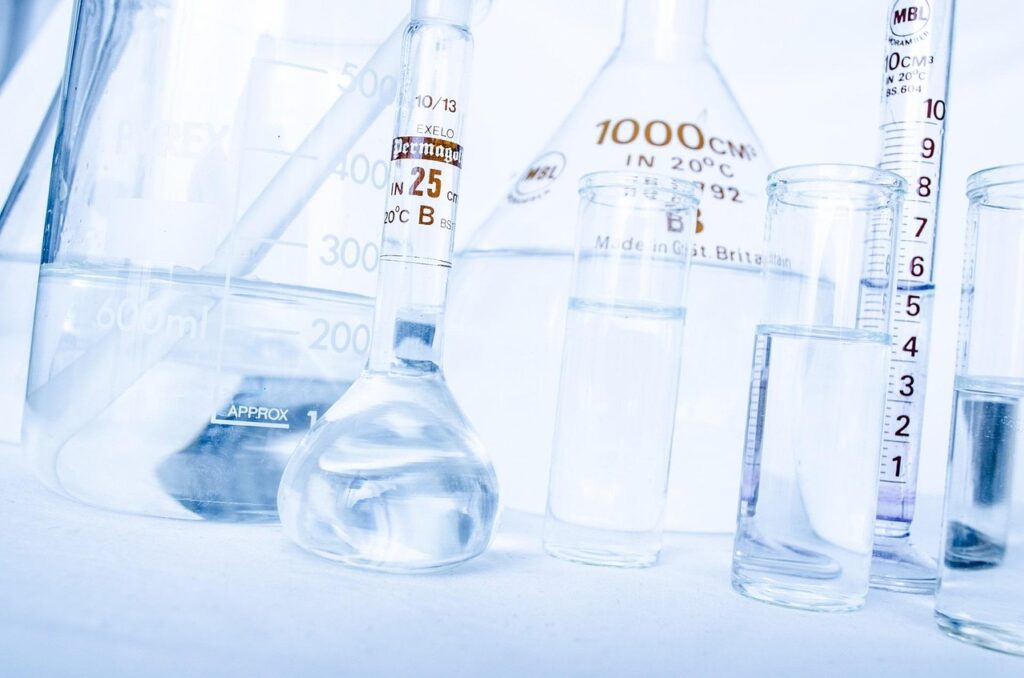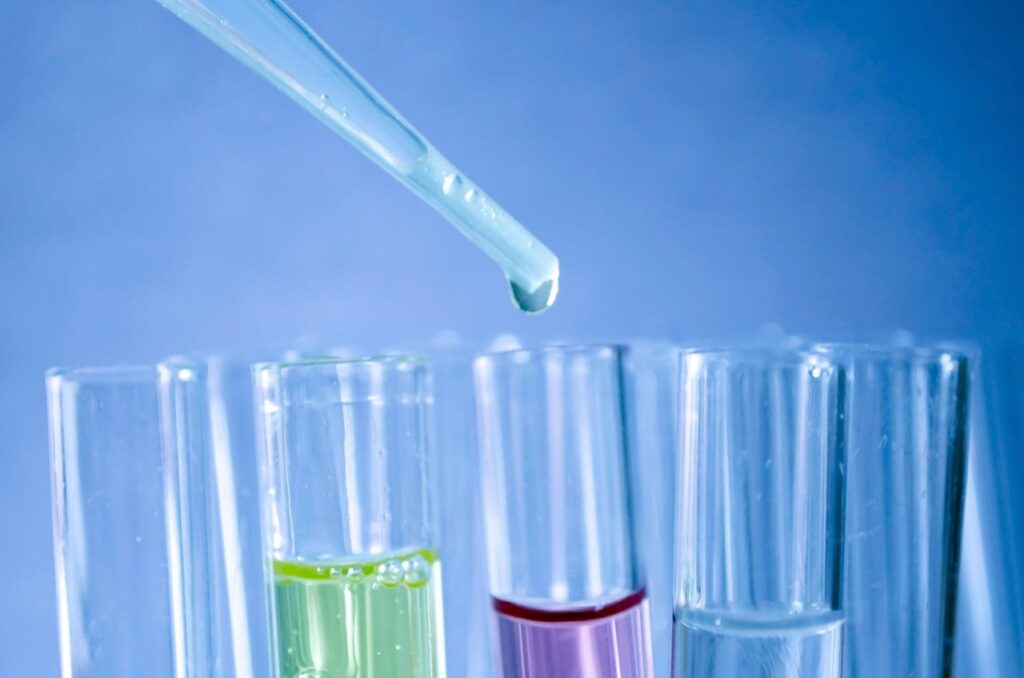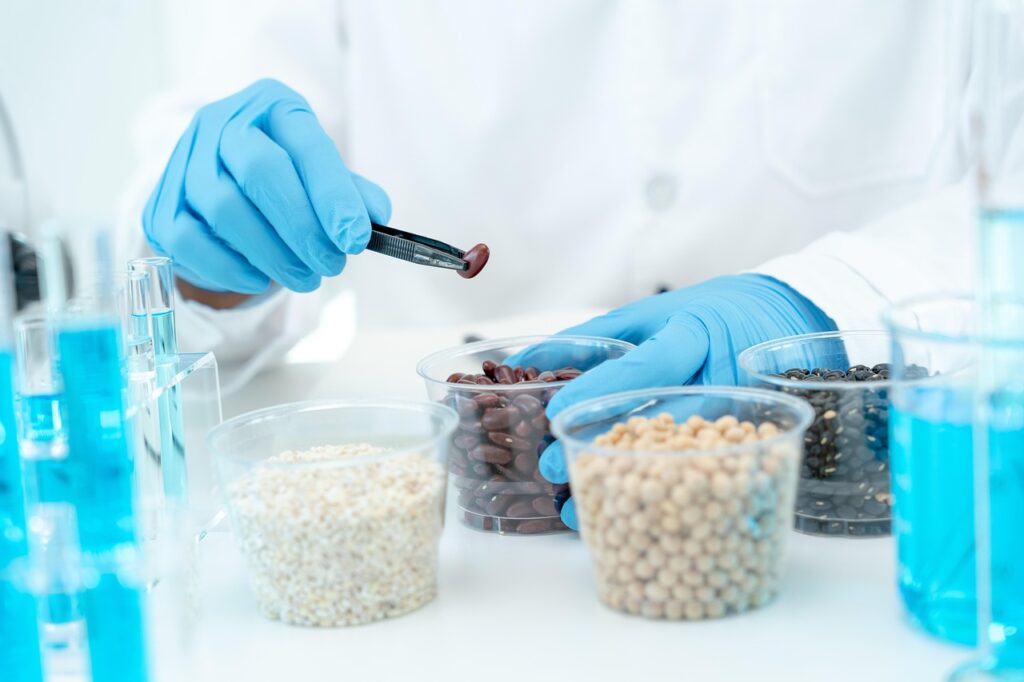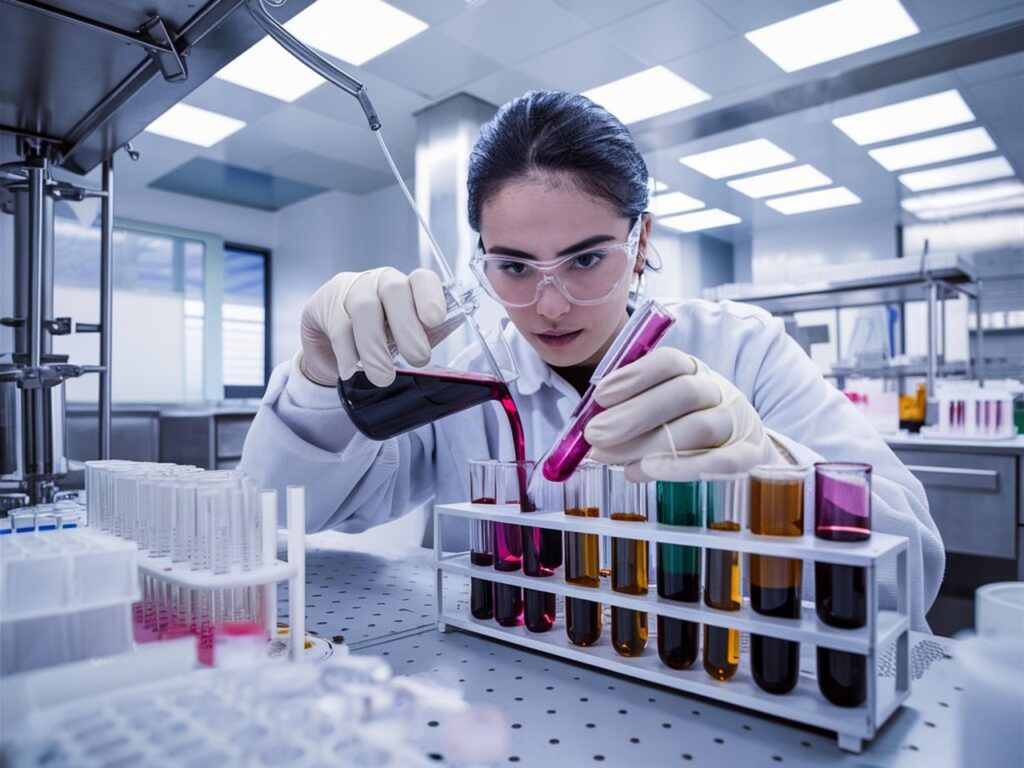Ensuring the safety, quality, and authenticity of food items is crucial in the modern, international food market. Maintaining these standards is made possible by food sample analysis, which gives consumers, regulatory agencies, and food producers confidence in the goods they create, control, and eat. Food samples are evaluated as part of the process to look for pollutants, confirm nutritional information, and make sure food safety laws are being followed.
A range of techniques are used in food sample analysis, all of which are intended to produce precise and trustworthy results. These approaches range from conventional laboratory procedures to cutting-edge technologies capable of identifying even minute amounts of dangerous materials. In this blog, we’ll look at the best techniques for food sample analysis, which will guarantee food safety and quality by providing precise results.
1. Microbiological Testing
When analyzing food samples, one of the most popular techniques is microbiological testing. The main application of this method is to find microorganisms in food products, including mold, bacteria, viruses, and yeasts. If harmful organisms such as Salmonella, Listeria, and E. coli are not detected and managed, they might result in major health problems. Food manufacturers can verify that their products are free of these infections by using microbiological testing.
Food samples are put on a growth medium that promotes the growth of microorganisms in order to conduct culture-based food testing lab. Scientists can count and identify any colonies of microorganisms that form during incubation. A more sophisticated technique called PCR (Polymerase Chain Reaction) amplifies microorganisms’ DNA, making it simpler to find even minute amounts of dangerous bacteria or viruses.
2. Chemical Analysis
The identification of chemical contaminants such as pesticides, heavy metals, and food additives is made possible by chemical analysis, which is an essential part of food sample analysis. By using this technique, food products are guaranteed to meet safety regulations and contain only authorized amounts of chemicals.
Complex chemical mixtures are separated and examined using methods like gas chromatography (GC) and high-performance liquid chromatography (HPLC). HPLC works best for non-volatile molecules, whereas GC is utilized for volatile ones. Chromatography and mass spectrometry (MS) are frequently employed to identify and quantify particular chemical substances. Toxins and insecticides in trace concentrations can be found using this extremely sensitive approach.
The general objective of reliable food sample analysis is furthered by chemical analysis, which guarantees that food products are free of dangerous substances.
3. Nutritional Analysis
Nutritional analysis is an essential part of food sample analysis, especially for labeling purposes. It determines the nutritional content of food products, such as carbohydrates, proteins, fats, vitamins, and minerals. This analysis is necessary for food manufacturers to provide accurate nutrition facts on packaging.
Spectrophotometry measures the amount of light absorbed by a solution to determine the concentration of specific nutrients, such as proteins or vitamins. The Kjeldahl Method is widely used for determining the nitrogen content in food, which is then used to calculate the protein content. Soxhlet Extraction, on the other hand, is used for determining fat content by extracting lipids from food samples for analysis.
By utilizing these methods, food sample analysis ensures that nutritional labels are accurate, helping consumers make informed dietary choices.
4. Sensory Analysis
The evaluation of food products’ taste, texture, aroma, and appearance is done through sensory analysis. This kind of analysis is nevertheless vital to the examination of food samples even if it is subjective and dependent on human senses. Food goods are guaranteed to satisfy consumer expectations regarding flavor and quality through sensory analysis.
Characteristic A skilled panel of tasters assesses particular sensory characteristics of food products, such as sweetness, bitterness, or creaminess, as part of the sensory testing process. In triangle testing, three samples are provided, two of which are identical, and the testers’ job is to find the odd one. Hedonic testing involves asking consumers who are not trained to rate how much they like a product on a scale.
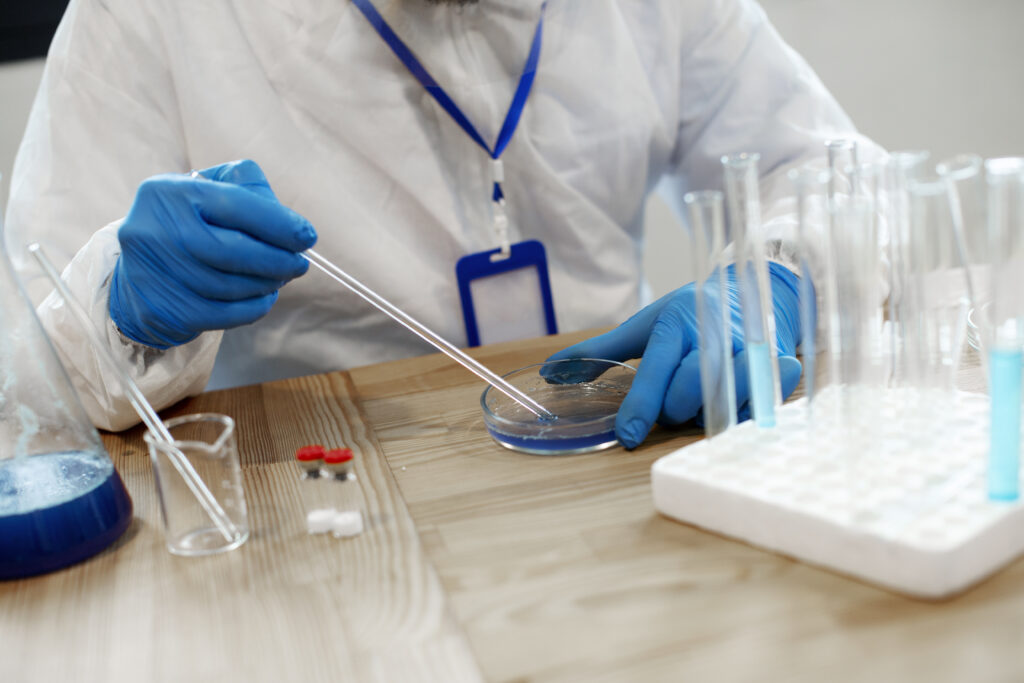
5. Allergen Testing
Allergen testing is a critical method in food sample analysis, particularly for consumers with food allergies. Even trace amounts of allergens like peanuts, shellfish, or gluten can cause severe reactions in sensitive individuals. Allergen testing ensures that food products are accurately labeled and safe for people with allergies.
The Enzyme-Linked Immunosorbent Assay (ELISA) method detects specific proteins that cause allergic reactions. ELISA is highly sensitive and can detect even minute amounts of allergens in food products. Polymerase Chain Reaction (PCR) can also be used to detect allergenic proteins by amplifying their DNA, ensuring that food products are free from unintended allergens.
Allergen testing ensures food products are safe for individuals with food allergies, helping to prevent allergic reactions and ensure regulatory compliance.
6. Moisture Content Analysis
Analyzing the moisture content of food products is essential for figuring out their stability, texture, and shelf life. Excessive moisture content can shorten the product’s shelf life by encouraging the growth of microbes, while insufficient moisture can change the texture and flavor of the product.
Moisture content is often ascertained by the gravimetric method, which entails drying a food sample and calculating the weight loss. Karl Fischer Titration is used for more accurate measurement, particularly in low-moisture food goods like powdered meals.
Food samples must be analyzed for moisture content in order for the food products to remain safe and of high quality throughout time.
7. Food Adulteration Testing
Food adulteration occurs when non-food substances or inferior-quality ingredients are added to food products. Food sample analysis methods help detect adulteration, ensuring food authenticity and consumer trust.
Fourier Transform Infrared Spectroscopy (FTIR) measures how food samples absorb infrared light, identifying adulterants based on their molecular composition. Near-infrared spectroscopy (NIR) is another method used to detect adulteration by analyzing the light reflected from food samples and identifying any deviations from the expected composition.
These methods ensure that food products are genuine and free from harmful adulterants, making food sample analysis vital for maintaining food integrity.
Conclusion
Food samples analysis a crucial step in guaranteeing the authenticity, safety, and quality of food items. Food sample analysis techniques, which range from chemical and microbiological testing to sensory evaluation and allergen testing, give precise and trustworthy results that support manufacturers’ regulatory compliance and customer safety.
Through the use of sophisticated methods such as mass spectrometry, ELISA, PCR, and chromatography, food sample analysis guarantees that every facet of a food product remains fully investigated. Whether the goal is to identify contaminants, confirm nutritional value, or make sure allergens are present, these techniques yield precise and reliable results that are essential in today’s food market.

